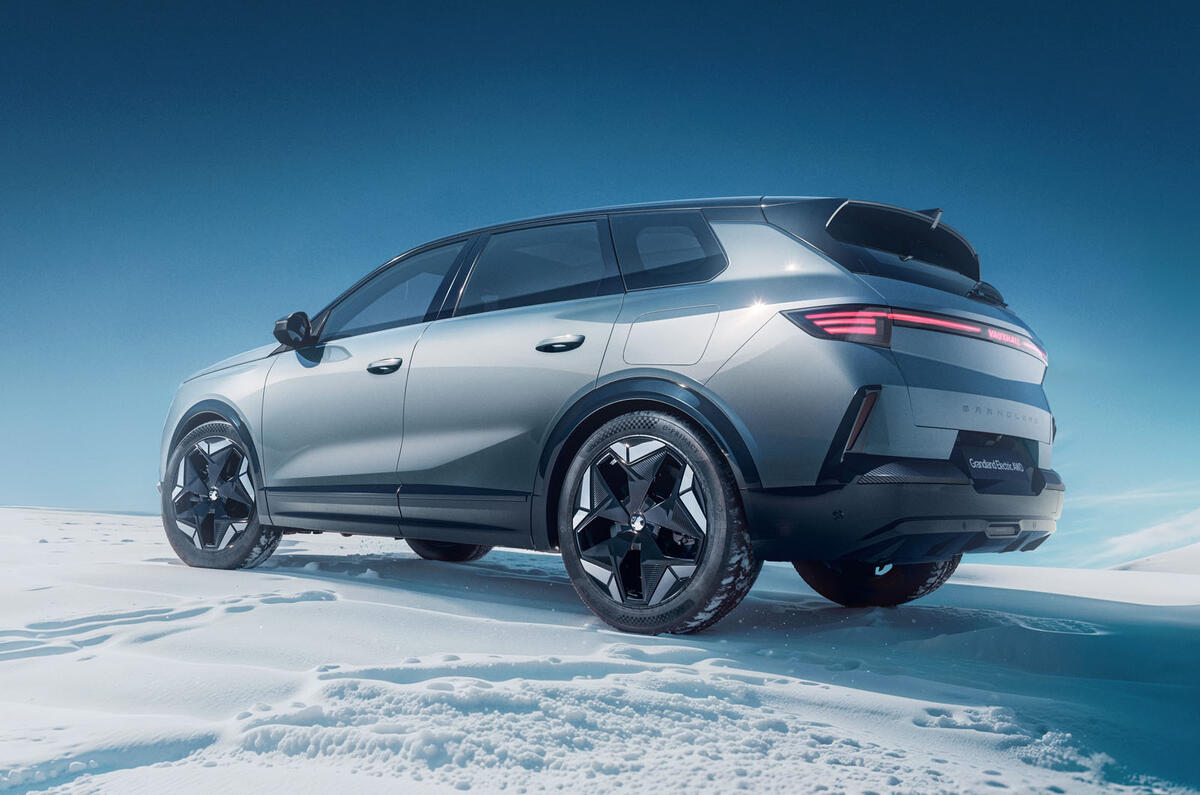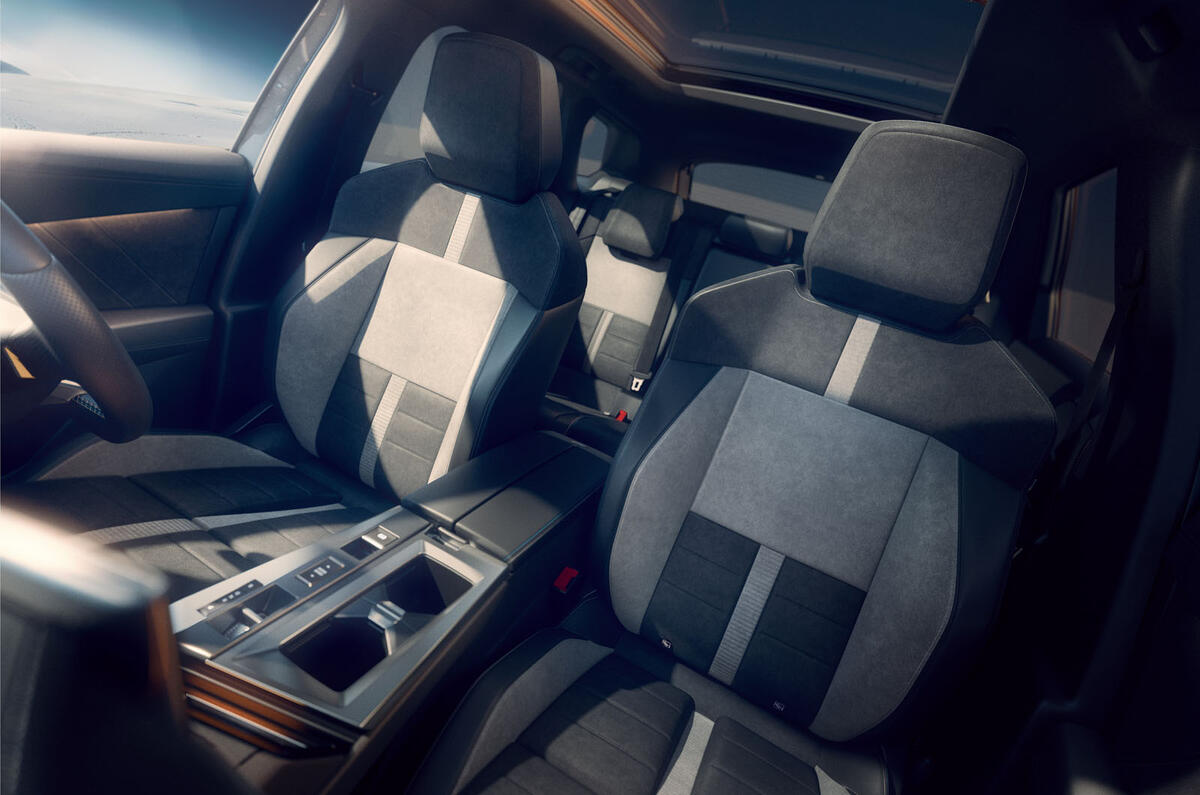The Vauxhall Grandland Electric has gained a dual-motor variant, making it the first electric car from the British brand to send power to all four corners.
Topping the line-up, the new SUV uses the same set-up as its Peugeot e-3008 and Peugeot e-5008 cousins.
This combines the standard Grandland Electric's front-mounted 210bhp motor with a 111bhp motor on the rear axle for total outputs of 321bhp and 375lb ft.
While this cuts the car's 0-62mph time by 2.9sec to 6.1sec, Vauxhall said the system is more about maximising grip and stability, especially when taking the Ford Explorer rival off road.
A new AWD mode has been added, which keeps the two motors on continuously and delivers maximum power.
In Normal mode, the front motor is primarily used, with the new rear motor engaged “depending on the driver’s demands”.
What’s more, the range-topping Grandland gets adaptive dampers as standard, which Vauxhall said is to help the car’s comfort levels when driven on different surfaces.
Energy is drawn from the same 73kWh battery as in the standard car. Here it offers up to 311 miles in its most economical FWD setting. Vauxhall hasn't confirmed a range for when both motors are engaged.
The dual-motor Grandland Electric gets a few design tweaks to make it more slippery and distinguish it from its siblings. For example, front and rear bumper inserts and new 20in aero wheel slightly reduce its drag coefficient.
Deliveries will begin in September. Pricing has yet to be announced, but it will be more expensive than the current range-topper, the £39,000 single-motor Ultimate.














Join the debate
Add your comment